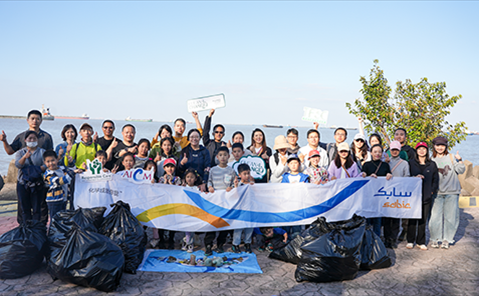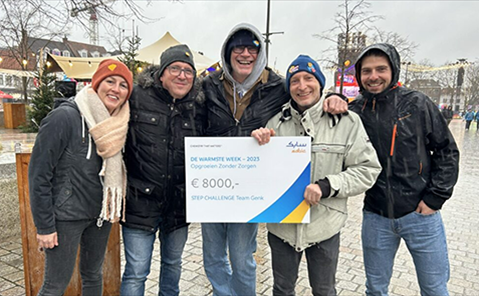
THEY SEE, THEY LEARN
If you can’t see the blackboard, how can you learn properly? Our student eye care program in India identifies and corrects vision problems, helping underprivileged children to have the best chance of succeeding at school.
Poor eyesight is one of the world’s largest treatable disabilities. The World Health Organization estimates that 1 billion people worldwide live with a visual impairment that is treatable or could have been prevented. It’s a problem that is especially acute among underprivileged families, who may not be able to access or afford eye tests for their children. And when children can’t see properly, they suffer at school, getting poor results, losing motivation or even dropping out of education altogether. The problem is especially acute in India, where school dropout rates can be high, especially amongst girls.
Access to high school education can be life changing. Research from the U.S. Career Institute shows that median lifetime earnings are around 30% higher for individuals with high school diplomas compared to those without. High school also opens the doors to a college education, a gateway to even higher-earning careers. When people earn more, it’s also life changing for their families and communities.
“They See, They Learn” stops poor eyesight being a barrier to education. For over 10 years, the program has provided screening, vision correction and free spectacles for 6- to 18-year-olds at government schools in Delhi, Bengaluru, Chennai, Vadodara, and Mumbai. SABIC partners with Rotary Bengaluru and eye health charity Mission for Vision to deliver the program, which has helped over 200,000 students to date. During 2023-24, 30 SABIC employees also volunteered to help with the program.
Together with SABIC’s ongoing work to restore and upgrade school infrastructure in India, “They See, They Learn” has improved retention rates in government schools, so more children have the opportunity to pursue life-changing education.


